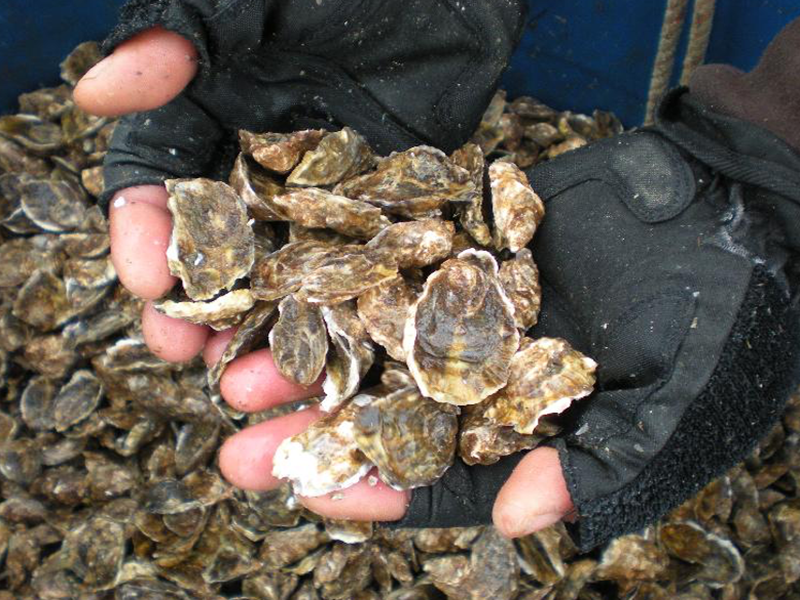
Ocean acidification — or ‘OA’ — is in focus within the Puget Sound Partnership’s recently released annual Marine Waters Report.
This is the first year in the report’s 11-year history that Ecology has contributed data on ocean acidification conditions. Micah Horwith, who authored Ecology’s contribution, said ocean acidity has risen 30 percent globally since pre-industrial times, and the trend is likely to get worse in the future.
What is ocean acidification?
Ocean acidification refers to changes in seawater chemistry due to increased amounts of carbon dioxide in the ocean from human activities, including deforestation and burning fossil fuels. When human activity adds carbon dioxide to the atmosphere, some of it is absorbed by the ocean. This extra CO2 has changed the chemistry of seawater, making it more acidic.
Why it’s a problem
Acidic seawater contains less of the ingredients needed by crabs, clams, and other shellfish to build their shells. Washington is the nation’s largest producer of farmed shellfish. The state’s commercial shellfish industry supports thousands of jobs and generates more than $270,000,000 a year in economic activity. Recent lab work also suggests ocean acidification may damage sensory organs and delay growth in Dungeness crabs, another economically important species in the Puget Sound area. Ocean acidification may also damage the sense of smell in fish, making them more vulnerable to predators.
What’s in the report?
According to the Puget Sound Partnership’s Marine Waters Report:
- Carbon dioxide levels in the atmosphere over Washington State continue to rise, reaching approximately 410 parts per million in 2019.
- Seawater data from Ecology reveal substantial geographic and depth-related variability in ocean acidification conditions across the waters of Puget Sound. The most extreme conditions, at levels known to be stressful to shell-building organisms, were in deep waters of Whidbey Basin and Hood Canal.
- OA conditions were more favorable for shell-building organisms in spring and summer than in fall and winter; they were more variable in surface waters than at depth.
What we’re doing about it
For now, our scientists are going to continue measuring and assessing the problem. Long-term monitoring is an essential element of environmental science.
“It’s going to take a longer dataset to detect human effects on Puget Sound,” Horwith said.
There are also plans to get equipment that will enable our scientists to measure carbon dioxide in the water while moving as opposed to relying solely on measurements taken from 20 fixed monitoring stations throughout Puget Sound. This will enable scientists to map ocean acidification and look for OA “hotspots.”
More information will help in the development of solutions to the problem, Horwith said.
“We are going to use our data to understand how regional carbon emissions from the cars we drive affect OA, and whether sewage and fertilizer are contributing to OA in Puget Sound,” Horwith said. “We’ll also be looking for mitigating effects of vegetation like kelp and eel grass.”
Horwith is also co-authoring a scientific paper he hopes will serve as a blueprint for other state agencies to monitor ocean acidification conditions.
To learn more about ocean acidification visit https://ecology.wa.gov/Air-Climate/Climate-change/Climate-change-the-environment/Ocean-acidification. To read the annual Marine Waters Report, coauthored by several of Ecology’s own scientist, visit https://www.psp.wa.gov/PSmarinewatersoverview.php.





.JPG)